Underrated Herbage: Stinging Nettle
I am researching plants for creating a permaculture yard and garden. If you have knowledge or experiences with this plant please share it!
STINGING NETTLE appears to be an excellent addition to permaculture living in quite a few ways. It naturally keeps away large animals, it is delicious (if you like spinach) and it has such a large variety of medical and health uses such that the nuisance of it’s sting is far outweighed. Indeed this is the reason people are wary of the plant because of the sting and perhaps this is why it’s not commonly grown. Nettles are one of the most undervalued of economic plants.
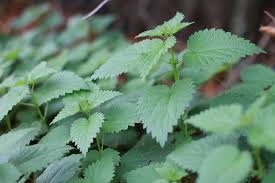
Stinging Nettle (Urtica Dioica) is an herbaceous, quick-growing, single-stemmed perennial growing 3 to 7 ft tall in the summer and dying down to the ground in winter. It spreads by way of seeds and by creeping roots. This long lived perennial root system is said to be ideal for methods. Once you get these plants established, there is no need to ever till the soil around them. It has paired leaves that are heart-shaped and coarsely veined, sharply toothed, and covered with fuzzy bristles. The herb likes moist ground and partial shade to full sun. It is considered of weed by many as it grows in temperate regions throughout the world. Indeed mowing it will increase plant density. Its presence is frequently an indicator of rich soil…best to avoid acidic soil. It is hardy down to zone 4 and is not frost tender. Suitable for light (sandy), medium (loamy) and heavy (clay) soils. It has widely spreading rhizomes and stolons, which are bright yellow, as are the roots. Nettles are the exclusive larval food plant for several species of butterflies and will attract them to your garden. It contains a lot of nitrogenous compounds, so is used as a compost activator or can be used to make a liquid fertilizer. It is also an excellent companion plant as it increases the essential oil content (great for cannabis) of other nearby plants, thus making them more resistant to insect pests. Flies are repelled by the plant, freshly cut stems has been used as a repellent in food cupboards. It’s also a good companion plant to grow in the orchard and amongst soft fruit to protect the fruit from birds.
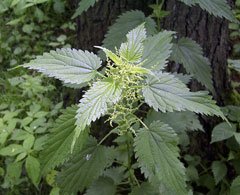
Now it has many stinging hairs, yes stinging, whose tips come off when touched, transforming the hair into a needle that can inject several chemicals: acetylcholine, histamine, serotonin, moroidin, leukotrienes, and possibly formic acid. Yes it hurts and causes inflammation and itching. But if a nettle plant is grasped firmly rather than brushed against, it does not sting so readily, because the hairs are crushed down flat and do not penetrate the skin. But best to wear gloves and watch your bare limbs. The leaves themselves are used for skin conditions and in fact, crushed leaves are excellent to use on the symptoms of the plants own sting.
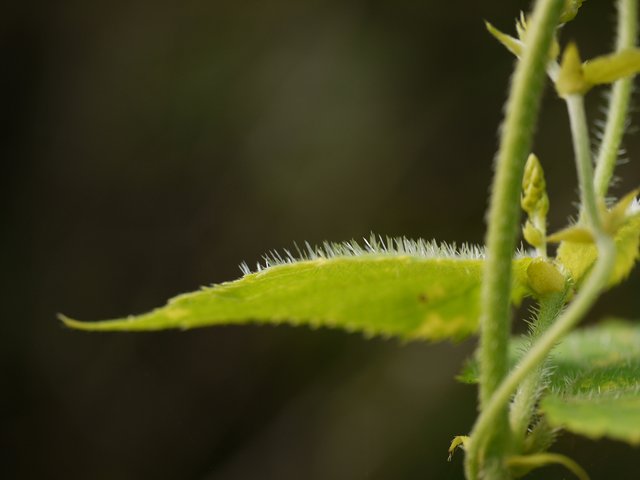
Soaking stinging nettles in water or cooking removes the stinging chemicals from the plant, which allows them to be handled and eaten without injury. The cooked leaves are perfectly safe. Be aware that after the stinging nettle enters its flowering and seed-setting stages, the leaves develop gritty particles called cystoliths, which can irritate the urinary tract so they are best harvested when young in the vegetative growth stage. The young shoots are harvested in the spring/early to mid summer when 15 - 20cm long , older leaves can be used as a laxative. The roots are valuable and can harvested in the autumn. In its peak season, nettle contains up to 25% protein, dry weight, which is high for a leafy green vegetable. It contains ascorbic acid (vitamin C), riboflavin (vitamin B2), pantothenic acid, vitamin K1 and tocopherols (vitamin E) , iron, potassium, manganese, and calcium. The highest vitamin contents can be found in the leaves.
Stinging Nettle is used for allergies, hayfever, and osteoarthritis, internal bleeding, (including uterine bleeding, nosebleeds, and bowel bleeding), poor circulation, gout, enlarged spleen, diabetes and other endocrine disorders, stomach acid, diarrhea and dysentery, asthma, lung congestion, rash and eczema, cancer, preventing the signs of aging, “blood purification,” wound healing, and as a general tonic. Additionally, if you simmer a handful of young nettles for two hours in a quart of water — then strain and bottle the liquid — you'll have a potion that, when used regularly as a scalp conditioner, will make hair soft and glossy. Nettle beer is brewed from the young shoots.
Seems like a something I want include in my diet for sure. In addition a strong flax-like fiber is obtained from the stems used for making string and cloth. A yellow/green dye is obtained from the root.
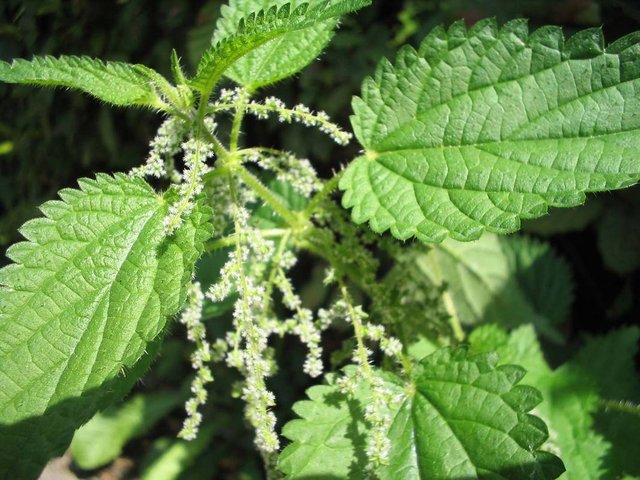
Seeds: You can gather the tiny green/brown seeds in early fall just by tilting a seed head into a jar or bag - there are no stingers on the ripe seed heads. Lots of seeds quickly. They will turn brown when ready to harvest, usually mid September to mid October. Once you have the seeds, you just spread them in the area where you want the nettles, lightly rake into the soil and tamp down gently, and put on a thin leaf mulch. Sowing time can be either in autumn or in spring. The leaves and tops from the first year plants are not as good as from mature rootstock, so best eating the leaves the second year, and even those are not as good as from a plant that is many years old.
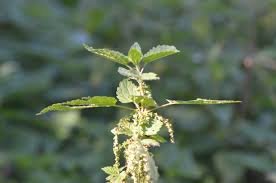
EBAY link for the cheapest seeds, 1200 for $1.74 with shipping:
The dried herb and root sells for about 3 bucks an ounce with shipping:
I just ordered these ebay seeds and I am going to plant them in february when I till up portions of my yard...the plan is to put these in the corner near the plum trees. There are lots of good video's on youtube but here is a good one from permies.com. He sells the roots for $10 a pound.
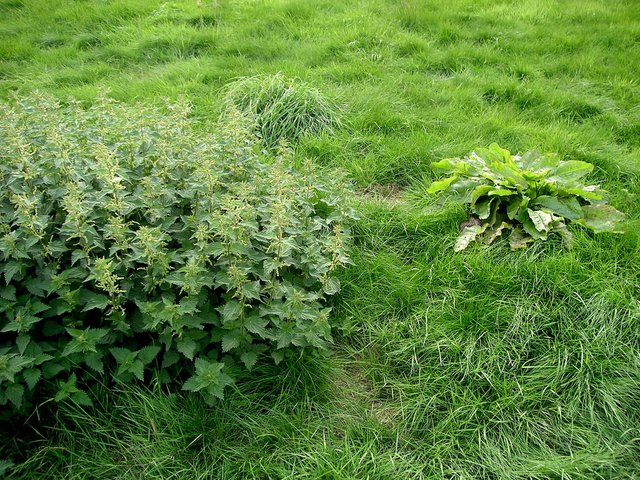
This French website is totally into it: http://www.lesamisdelortie.fr/
We have heaps growing along our property border, and spent a lot of time digging up root clumps. Will definitely try cultivating a small patch. I just read that chickens are mad for the seeds, too, so there must be something in it :)
Good to hear and thanks for the comment! I don't read French but maybe later I will try google translate to see what I missed.
https://decentralize.today/the-ugly-truth-behind-steemit-1a525f5e156#.k73jzis9s
Its all been done before
http://www.bitlanders.com/
I love STINGING NETTLE!
It's one of may favorite teas too.
This jar is full of seeds, and I have others.
In fact, I jut mentioned it in my latest post, and did a post about it in my series THE EDIBLE OUTDOORS!
Great choice!
Wow. That's a lot of seeds! I Will definitely check out your post
Excellent! I like what you are up to!